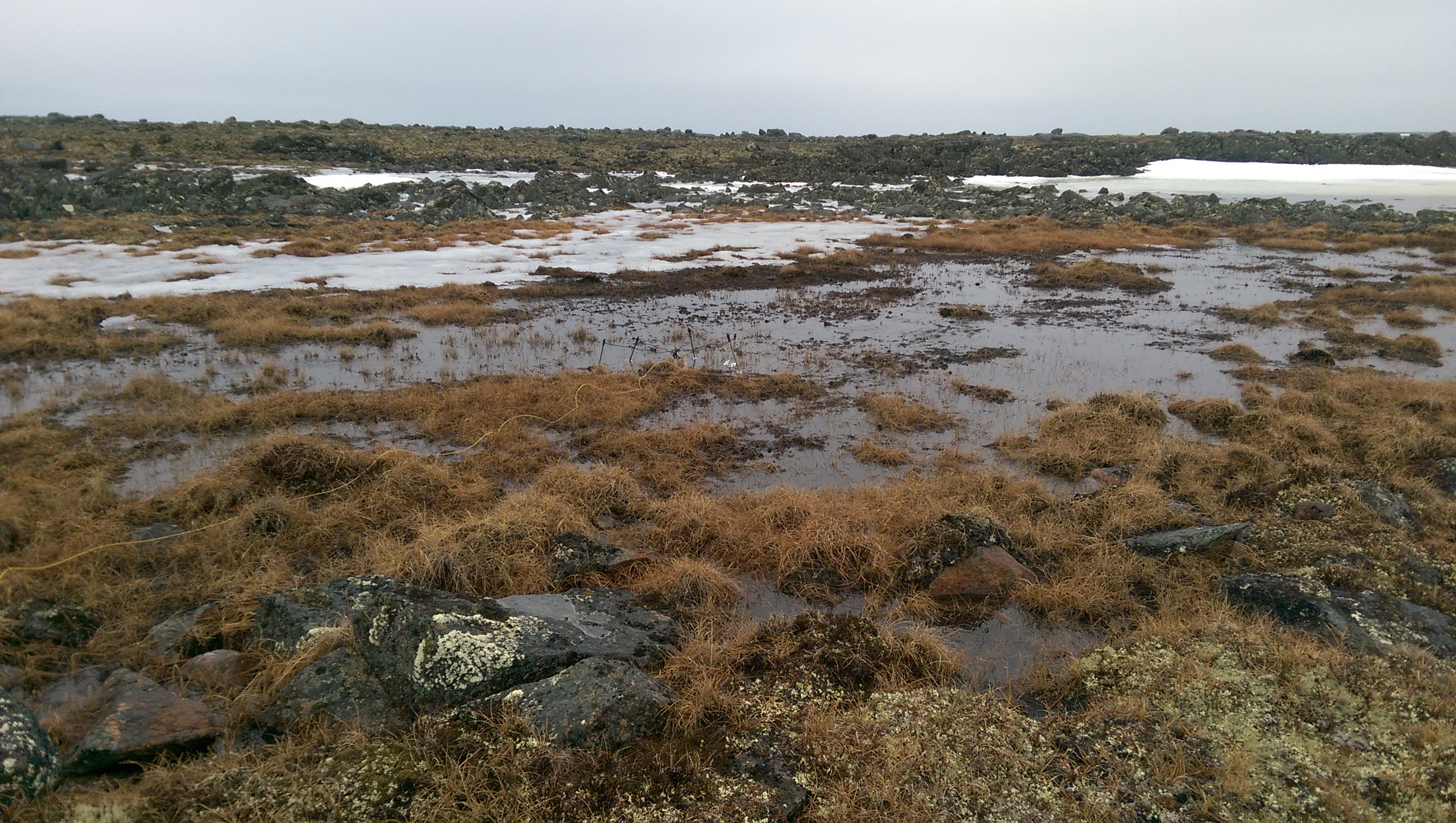I work in scientific equipment. It helps to focus oneself to occasionally imagine the box as being full of $100k in $100 bills, when I debate whether to leave it in the car or take it inside overnight…
Centrist, progressive, radical optimist. Geophysicist, R&D, Planetary Scientist and general nerd in Winnipeg, Canada.
troyunrau.ca (personal)
lithogen.ca (business)
- 2 Posts
- 26 Comments

 41·1 month ago
41·1 month agoProbably someone’s pet project
I’m sorry you had a bad experience. I’ve used it as my daily driver with minimal effort post installation on multiple occasions, usually on work laptops where time spent tinkering is time wasted. I’ve found it to be a good choice in that context. I now own my own business, and OpenSuse has allowed me to repurpose older laptops as workstations for my employees with minimal effort.
The only actual pain point I’ve seen is setting up a wifi enabled printer … required that I change my firewall zone so the printer could be discovered. And that only required a few minutes to figure out. The fact that the firewall is set to a more secure default is probably a feature, not a bug.
OpenSuse Leap or even Tumbleweed. After getting the media codecs up and running, and remembering to set you firewall zone to “home”, you’re pretty golden.

 3·2 months ago
3·2 months agoHeh. Bison. Fucking.
The photo confuses me. Do you sleep on a shopping cart?
I don’t think melting is the issue here. I think it literally disintegrates at those speeds. Like, this is Mass Effect mass driver level of impact with the atmosphere.
For reference, RICK ROBINSON’S FIRST LAW OF SPACE COMBAT: “An object impacting at 3 km/sec delivers kinetic energy equal to its mass in TNT.”
Assuming the lid is travelling 55km/s, it’s well beyond that point. The atmosphere it’s travelling through is basically a solid at that speed. Even if it isn’t heating due to the friction (and waiting for heat flow), it is heating due to the compressive force of being slammed into the atmosphere. It’s very likely the whole thing vaporized.
But I could be wrong, and some alien SOB is going to have a bad day when the manhole cover slams into their ship in interstellar space.
I rarely judge someone for ignorance unless it is wilful. I pretty harshly judge people who cannot assimilate new information. Over time I think I might be evolving from INTP->INTJ as I age. I used to have more patience and would try to encourage people to learn and adjust.
If you’re as old as I am, you’ll recall software using the term “gamma” release instead of “release candidate” for that phase. ;)
Not sure if it’s still the same as it was back in my day, but KDE’s “release candidate” nomenclature was always a bit of a misnomer. You’d never see RC1 actually released as final. What it really means is that the alpha “feature refinement” beta “bug fixing” phase is over, and it’s the final testing phase for showstoppers. However, the definition of showstopper seemed always to be very wide. Thus, a lot of bugs still get reported and fixed during this phase, and RC really means “beta, but towards the end of the pipeline”.
Which is in contrast to the Linux kernel where a RC can be declared ship-ready and simply get renamed.
Admittedly there’s a fairly large impact difference between kernel level bugs, and say a bug in Okular…

 0·1 year ago
0·1 year agoInteresting. I just signed up for their “trial” version and punched my keywords in – “geophysical equipment rentals canada” and my region to Canada – my company came up first, followed by our primary Canadian competitor. It wasn’t until item number 8 that the SEO crap pages started showing up. Very nice. Now I just need to figure out how to make this a business expense ;)

 0·1 year ago
0·1 year agoYou’ve got to add “reddit” to any search term to get answers to anything. Sadly, and perhaps due to the distributed nature of lemmy (and the relatively young nature of the network), lemmy results are still not great.
I run a small business – a niche business in scientific equipment. I have about a half dozen competitors in North America, and maybe a few dozen globally. So you’d think it would be fairly easy to dominate the search results for those specific terms – and we do!
However, mixed in with the search results are a bunch of shell companies that don’t actually have any equipment – they exist only to drive traffic to another company through their website to get a referrer bonus. So it looks like there’s more competition than there is, but really it’s just a bunch of optimizers creating these shell companies to earn referral income. And those sites are terrible! We refuse to stoop to that level.
Unfortunately, google makes too much money now, and is too beholden to their shareholders to change it. So unless a competitor shows up with “don’t be evil” back on the menu, with their own algorithms (and not just repackaged bing or whatever), we’re stuck with this for now I guess.
I miss the google of ~1999 when it was disrupting the crap search engines. Now it’s just another crap search engine.
necro on the thread, but add
!progmusic@lemm.ee (which sometimes has electronica)
!progressivehouse@lemmy.world
!spacemusic@lemmy.ca (disclaimer - I run that one)
You had ChatGPT write that apology, eh? ;)

 0·1 year ago
0·1 year agoTangent: Once upon a time (like… 2006 or 2007) when KDE was first creating KRunner, I did some work in porting features from KDesktop (from KDE 2&3) into KRunner.
History: KDesktop had a bunch of session management code embedded in it, to handle things like the “log out” command – because KDE was window manager agnostic, you couldn’t put that code into KWin in case someone wanted to use something else. So it had to go into something that was always running in the background while a KDE session was up. The options were KDesktop and Kicker – but kicker wasn’t as stable, since it allowed plugins, so KDesktop got the job.
With Plasma taking over the desktop “window”, and being so new and crash prone at the time, a bunch of the KDesktop session management code needed a place to land. KRunner was a much smaller in scope program that would be always on, so I ported all that code into KRunner. KRunner, that early in development, had the job of “being used to restart whatever crashed” so it has to be super stable. I was nervous as hell doing that work haha.
I haven’t been involved in KDE development for over a decade now. I wonder if that code is still there. I’d wager it all got reworked during the Wayland related porting.





Also, typically notoriously hard to fence, cause nobody knows what the fuck they’re going to do with a gamma ray spectrometer or whatever.